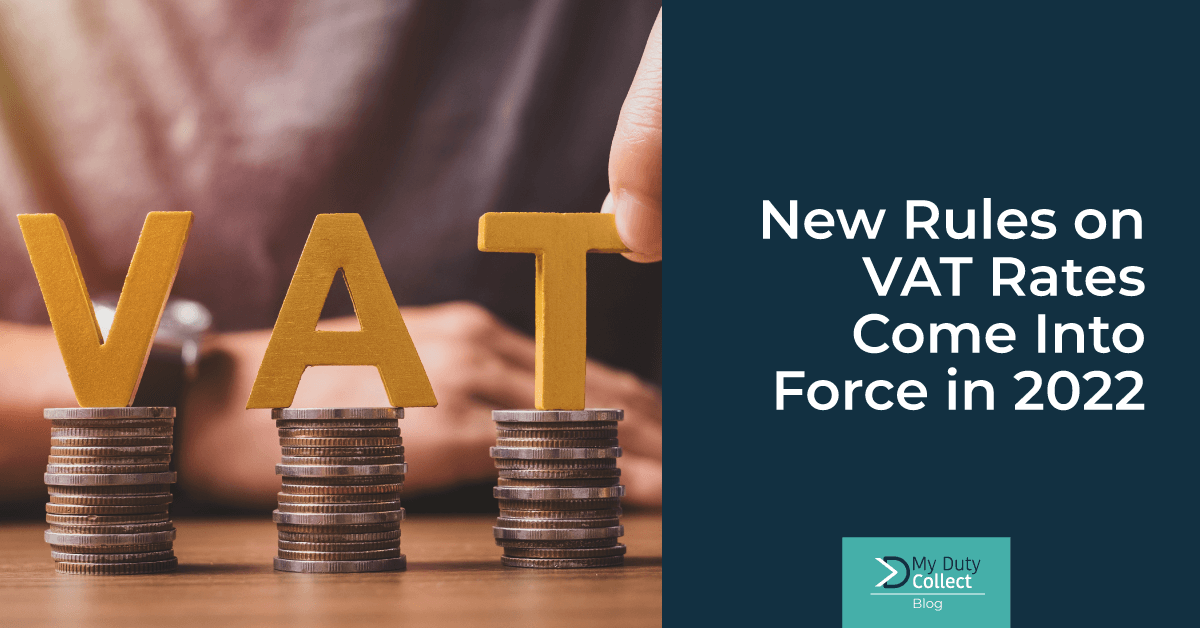EU finance ministers have recently agreed upon changing some rules governing value-added tax (VAT) across EU-member countries. The updates will impact rates for goods and services and will give governments more flexibility in the rates they can apply and ensure equal treatment between EU-member states. The new VAT legislation is also an attempt of the EU tax authorities to tackle climate change, protect public health and support digitalization. Check out how it can impact your business here:
–
READ MORE: Can Businesses Still Get Registered for IOSS After 1 July?
–
Over the last months, VAT has been a hot topic among EU Commissioners who have invested massively in fighting tax fraud through the new VAT IOSS system. In order to keep up with the massive changes caused mainly by Covid-19 and the spike in e-commerce activities, tax reform is more than needed at this point. The new rates will reduce public health-related goods and services, goods/services that support the digital transition as well as those that somehow fit the EU’s eco-friendly criteria.
As part of this, Member States have agreed to widen the current list of goods and services (Annex III of the VAT Directive) that can benefit from reduced VAT rates. In particular, the list has been updated to include:
- digital services that previously did not qualify for reduced rates such as internet access and live streaming of cultural and sports events;
- goods which protect public health and that have shown to be crucial tools in the fight against COVID-19 and that could prove useful in future crises, such as personal protective equipment, masks and certain medical equipment; as well as more items considered as essential aids for the disabled;
- certain items such as bicycles, green heating systems and solar panels installed in private homes and public buildings, which can have a positive impact on the EU’s climate change priorities;
- diverse products and services deemed appropriate and useful by the Member States, which are driven by the general interest of public policy objectives.

The European Parliament is to approve the new rules by March 2022 and the new legislation will come into force 20 days after its publication. It is up to each EU member state when they will internalize the updates and start charging the new rates. Traders, in general, need to be aware of the new VAT rates once non-compliance can cause delays and bottlenecks.
If you are interested in learning more about the VAT rates updates, subscribe to our blog and visit our website and LinkedIn page for more updates. You can also reach out to us by sending a message to info@mydutycollect.com. We will be delighted to hear from you.
